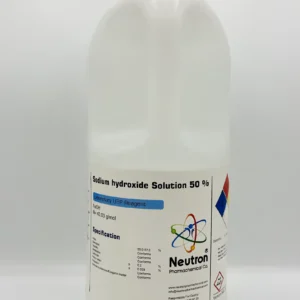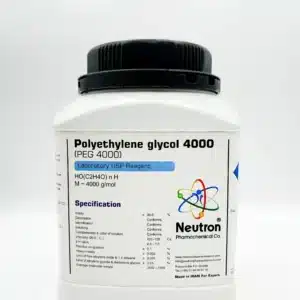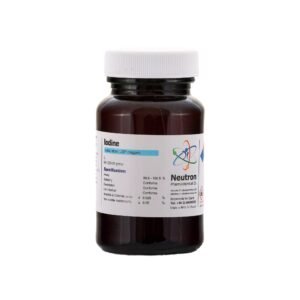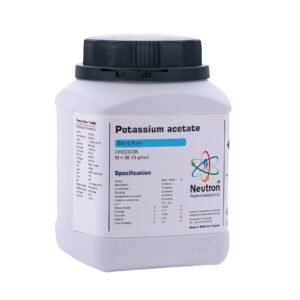دی سدیم تترا بورات دودکا هیدرات
| Formula | Na2B4O7*10 H2O |
| Density | 1.72 g/cm3 |
| Molar mass | 381.37 g/mol |
| CAS number | 1330-96-4 |
| HS code | 28401990 |
| EC number | 215-540-4 |
| Storage (temprature) | Without limitation |
| SDS | Available |
| RTECS | VZ2275000 |
| S phrase | S 24/25 |
| Assay | 99.0 – 105.0 | % | |
| Description | Conforms | ||
| Solubility | Conforms | ||
| Identification | Conforms | ||
| Heavy metals | ≤ | 0.002 | % |
| Sulfate | ≤ | 0.005 | % |
| Chloride | ≤ | 0.002 | % |
| Carbonate & bicarbonate | Conforms | ||
Disodium tetraborate dodecahydrate, commonly referred to as borax decahydrate, is a white crystalline inorganic compound. It is the sodium salt of boric acid, soluble in water, and often occurs naturally as the mineral borax.
🏭⚗️ Production
This compound is typically obtained by recrystallization from natural borate ores such as tincalconite or kernite. Industrially, it is refined from sodium borate deposits and purified into crystalline form.
🔬 Properties
Disodium tetraborate dodecahydrate appears as a white, odorless crystalline powder or granules. It is moderately soluble in cold water and more soluble in hot water, forming alkaline solutions. Upon heating, it loses its water of crystallization starting at around 75 °C and eventually converts to anhydrous sodium tetraborate. Its solutions are mildly basic and can buffer pH. The compound has a density of about 1.73 g/cm³ and exhibits a characteristic green flame when heated due to the presence of boron.
🧪 Applications
• Used as a flux in the production of glass and ceramics
• Added to cleaning agents and detergents as a water softener and pH buffer
• Employed in metallurgy, flame retardants, and fertilizer formulations
• Applied in pharmaceutical and cosmetic products as a stabilizer and preservative
• Also found in adhesives, enamel glazes, and various industrial processes





